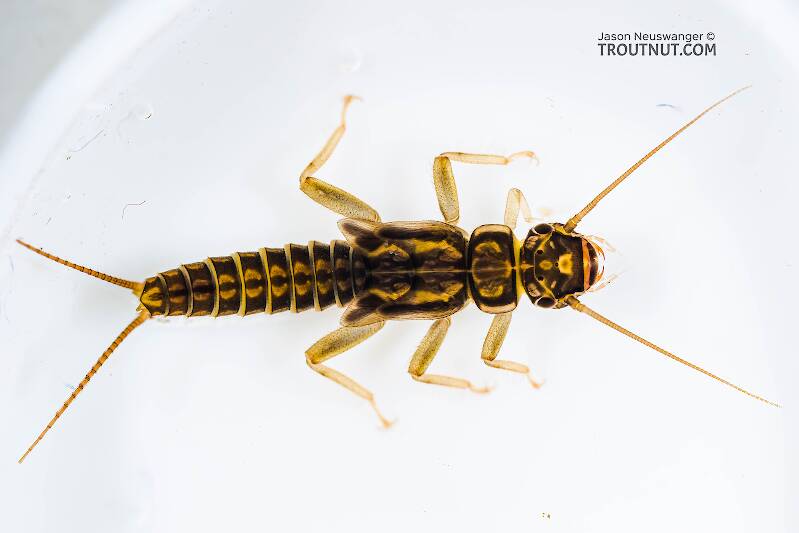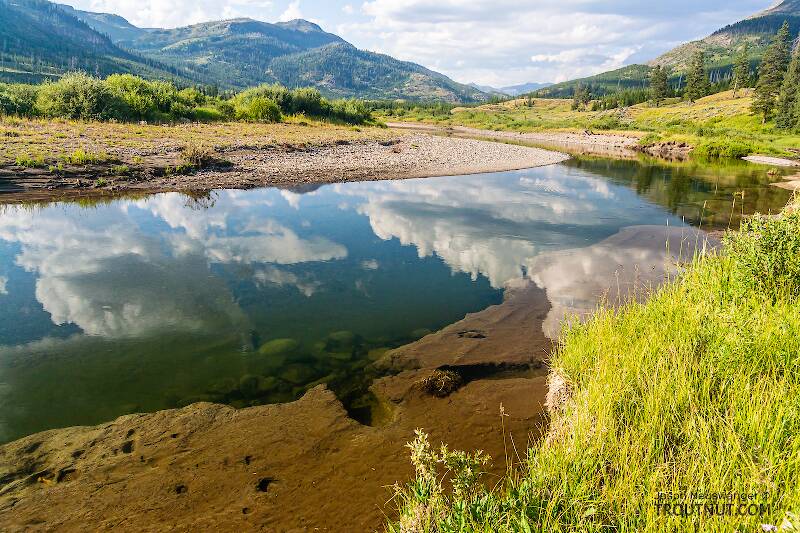
Hex Mayflies
Hexagenia limbata
The famous nocturnal Hex hatch of the Midwest (and a few other lucky locations) stirs to the surface mythically large brown trout that only touch streamers for the rest of the year.


Specific collection sites for Micrasema
Specific collection sites for Micrasema
The specific collection location data from this map were pulled from the Global Biodiversity Information Facility (GBIF) website under the Creative Commons license. Data there come from a variety of sources, some of which are populated by hobbyists. Both the precision of the location and accuracy of the identification could be low. This map is not an authoritative scientific source, nor an exhaustive list of everwhere this taxon is found, but it should be good enough for anglers. Click each marker on the map for more information about that report, including a link to more details on GBIF.
There are 3029 reported locations for this taxon in the database. Only randomly selected 2000 have been shown here to avoid overloading your browser. Reloading the page will again choose a random 2000.

